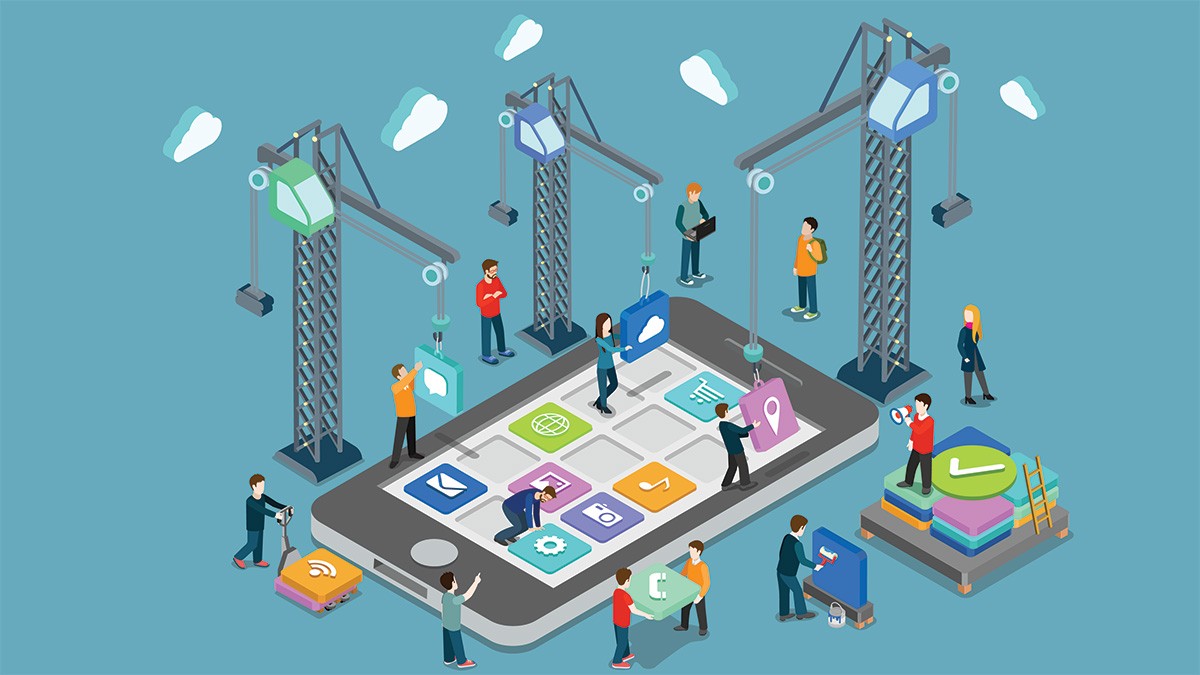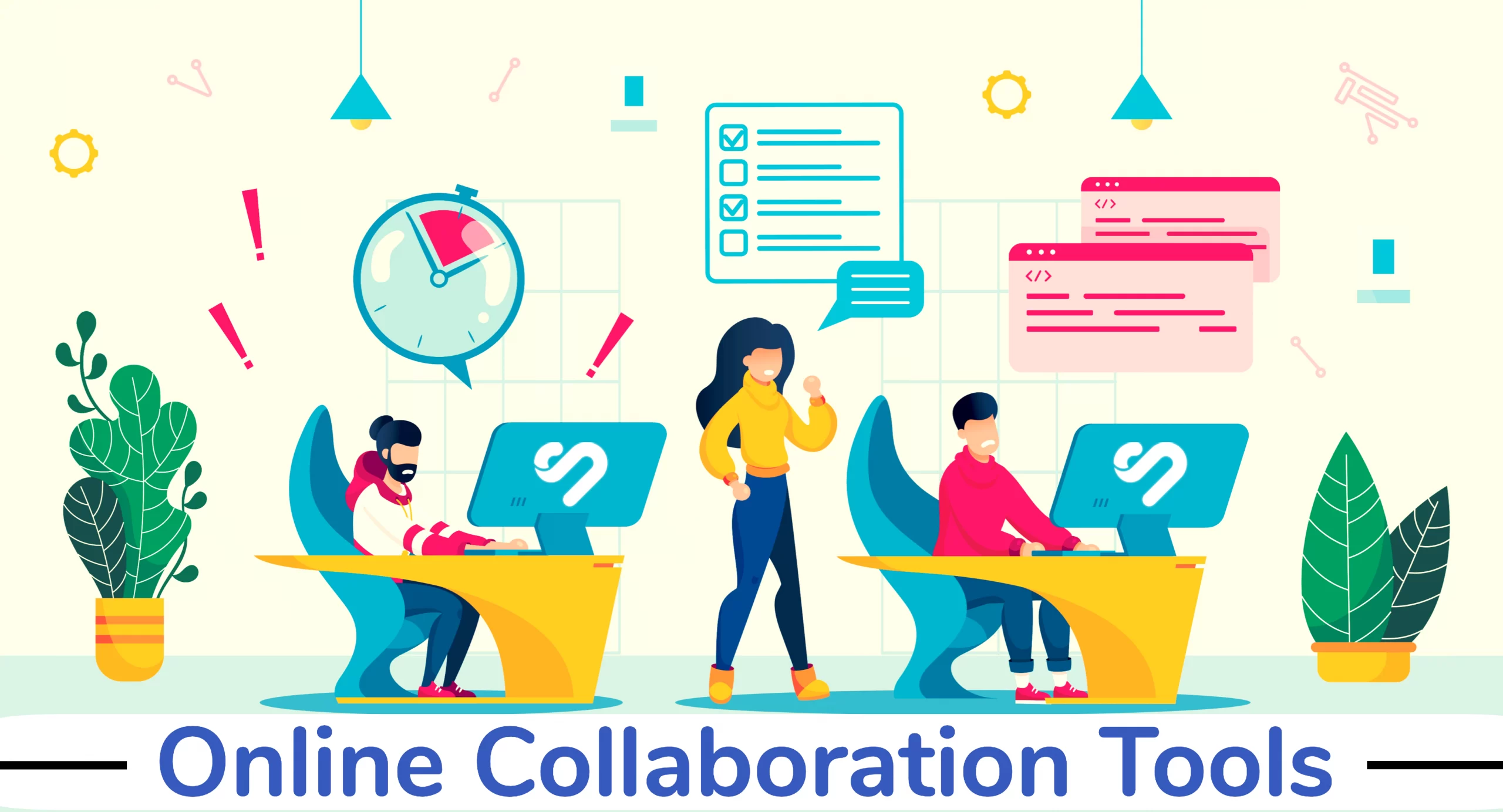“Crush Your 2023 Business Goals with These 7 Clever Tech Tips” is a guide to help businesses stay competitive and achieve their business goals in 2023. The guide covers seven key technologies that businesses can leverage to optimize their operations, improve customer experiences, and identify new business opportunities.
The seven technologies covered in the guide include cloud computing, artificial intelligence, robotic process automation, cybersecurity, mobile-first, collaboration tools, and data analytics. Each technology is discussed in detail, highlighting its benefits and how it can be used to achieve specific business goals.
By adopting a holistic approach to technology and leveraging these seven technologies, businesses can improve efficiency, reduce costs, enhance security, improve decision-making processes, and stay ahead of the competition.
Overall, “Crush Your 2023 Business Goals with These 7 Clever Tech Tips” is a valuable resource for businesses that want to stay competitive in 2023 and beyond. It provides actionable insights and practical advice for businesses looking to leverage technology to achieve their business goals.
1.Embrace Cloud Computing

Embracing cloud computing can provide numerous benefits for businesses of all sizes. Cloud computing allows companies to access computing resources, software, and data storage through the internet, rather than relying on physical servers and hardware.
By migrating to the cloud, businesses can enjoy greater flexibility, scalability, and cost savings. Cloud services are often pay-as-you-go, which means companies only pay for the resources they use, without having to invest in expensive hardware or software.
Cloud computing also provides businesses with the ability to store and access data from anywhere, at any time, as long as they have an internet connection. This can enhance collaboration and improve productivity, as team members can work on projects together, even if they are in different locations.
Furthermore, cloud computing can also enhance data security. Cloud service providers typically have robust security measures in place to protect their clients’ data from cyber threats, such as data breaches and cyber attacks. This can give businesses peace of mind knowing that their data is stored securely in the cloud.
2.Leverage Artificial Intelligence:

Artificial Intelligence (AI) has been rapidly growing in popularity over the past few years, and it’s no surprise why. AI technologies, such as machine learning, natural language processing, and computer vision, can help businesses automate their processes, gain insights into customer behavior, and make data-driven decisions.
By leveraging AI, businesses can reduce manual labor, increase productivity, and improve customer satisfaction. For instance, machine learning algorithms can be used to automate repetitive tasks, such as data entry or customer service inquiries, freeing up employees to focus on higher-value tasks. Natural language processing can help businesses analyze customer feedback and reviews, providing insights into customer preferences and behavior. Computer vision can be used to monitor and analyze real-time video data, such as surveillance footage, to detect anomalies or identify potential security threats.
AI technologies can also help businesses improve their marketing efforts. By analyzing customer data, businesses can identify trends and patterns, allowing them to personalize their marketing messages and target customers more effectively. AI can also be used to develop chatbots, which can provide 24/7 customer support, answering common questions and resolving issues quickly and efficiently.
3.Implement Robotic Process Automation (RPA):

Robotic Process Automation (RPA) is a software technology that allows businesses to automate repetitive and rule-based tasks. RPA can help businesses improve accuracy, speed up processes, and reduce costs.
RPA works by using software robots, or “bots,” to mimic human interactions with digital systems, such as filling out forms, sending emails, and performing data entry tasks. These bots can operate 24/7, without the need for breaks or supervision, allowing businesses to increase productivity and efficiency.
By implementing RPA, businesses can reduce errors and improve accuracy, as bots can perform tasks consistently and without the risk of human error. RPA can also help businesses speed up processes, as bots can perform tasks much faster than humans. This can help businesses to reduce processing times and improve customer satisfaction.
RPA can also help businesses to reduce costs, as it eliminates the need for human labor to perform repetitive tasks. This can free up employees to focus on higher-value tasks, such as customer service or strategic planning.
4.Invest in Cybersecurity:

Investing in cybersecurity is critical for businesses of all sizes in today’s digital landscape. With the rise of cyber threats, such as data breaches, phishing attacks, and ransomware, businesses need to take proactive measures to protect their data, systems, and customers.
By investing in cybersecurity, businesses can improve their ability to detect, prevent, and respond to cyber threats. This can include implementing firewalls, antivirus software, and intrusion detection systems to prevent unauthorized access to their networks. It can also include implementing security awareness training for employees to help them identify and avoid phishing and social engineering attacks.
Investing in cybersecurity can also help businesses comply with data protection regulations, such as GDPR and CCPA, which require businesses to implement appropriate security measures to protect their customers’ personal data.
The costs of a data breach can be significant, both in terms of financial loss and reputational damage. By investing in cybersecurity, businesses can reduce the risk of data breaches and minimize the impact of cyber attacks.
5.Adopt a Mobile

Adopting a mobile-first approach can help businesses stay competitive and meet the needs of their customers in 2023. With the increasing use of mobile devices, businesses need to ensure that their websites and applications are optimized for mobile devices.
By adopting a mobile-first approach, businesses can provide their customers with a seamless mobile experience, improving customer satisfaction and engagement. This can include designing mobile-friendly websites and applications that are easy to navigate and use on smaller screens.
Mobile-first also means that businesses need to consider the unique features and capabilities of mobile devices, such as touchscreens, location services, and push notifications. By leveraging these features, businesses can provide personalized experiences for their customers, such as location-based offers and push notifications for special promotions.
Adopting a mobile-first approach can also help businesses reach new customers and expand their market reach. With the increasing use of mobile devices, businesses can target customers who are on-the-go or who prefer to shop online using their mobile devices.
6.Use Collaboration Tools:

Collaboration tools have become increasingly popular in recent years, especially with the rise of remote work. These tools can help businesses improve communication, collaboration, and productivity among team members, regardless of their physical location.
There are many collaboration tools available on the market, including project management software, video conferencing tools, and instant messaging platforms. By using these tools, businesses can facilitate communication and collaboration between team members, improving overall productivity and efficiency.
Collaboration tools can also help businesses manage projects more effectively, by providing real-time updates on project progress and facilitating collaboration between team members. This can help to reduce the risk of miscommunication and ensure that projects are completed on time and within budget.
Another benefit of using collaboration tools is that they can help to foster a culture of transparency and accountability within the organization. By providing visibility into project progress and tasks, team members can stay informed and engaged, and managers can monitor progress and ensure that projects are on track.
7.Embrace Data Analytics:

Embracing data analytics is critical for businesses in 2023. By leveraging data analytics tools and techniques, businesses can gain valuable insights into their operations, customers, and markets, enabling them to make better-informed decisions.
Data analytics can help businesses identify trends, patterns, and correlations in their data, which can be used to optimize operations, improve customer experiences, and identify new business opportunities. This can include analyzing customer data to identify their needs and preferences, or analyzing sales data to identify the most profitable products and markets.
Data analytics can also help businesses improve their decision-making processes by providing insights into the effectiveness of their marketing campaigns, the performance of their products, and the efficiency of their operations. By leveraging data analytics, businesses can make data-driven decisions, reducing the risk of human error and improving overall decision-making quality.
Another benefit of data analytics is that it can help businesses identify and mitigate risks. By analyzing data for potential threats, such as fraudulent activity or security breaches, businesses can take proactive measures to prevent or minimize the impact of these risks.
Conclusion
Businesses in 2023 will need to leverage technology to achieve their business goals and stay competitive in a rapidly changing business environment. By embracing cloud computing, leveraging artificial intelligence, implementing robotic process automation, investing in cybersecurity, adopting a mobile-first approach, using collaboration tools, and embracing data analytics, businesses can optimize their operations, improve customer experiences, and identify new business opportunities.
Each of these technologies offers unique benefits, such as improving efficiency, reducing costs, enhancing security, and improving decision-making processes. By adopting a holistic approach to technology, businesses can achieve their 2023 business goals and stay ahead of the competition.
It’s important for businesses to remember that technology is constantly evolving, and it’s essential to stay up-to-date with the latest developments and tren



















Leave a Reply